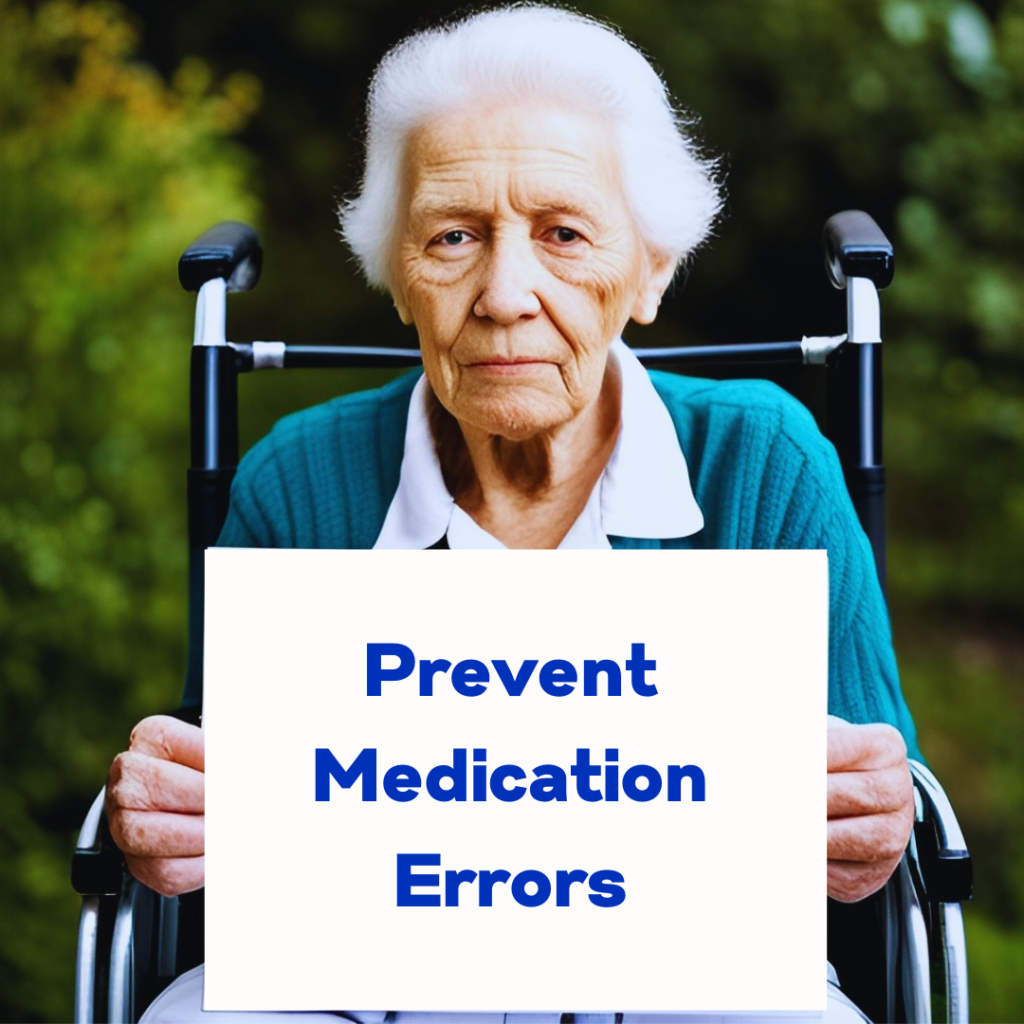Introduction to Care Transitions
Transitions in healthcare are simply the changes in levels of care that a person can experience during an illness or injury. In this blog post we will share how family caregivers can understand the risks of care transitions. There can be many challenges that occur. This is a crucial time for an aging loved one’s healthcare journey. Taking necessary steps to avoid errors is critical.
Examples of transitions in care are:
- Home to the Doctor’s office and then back home. (single transition)
- Home to Hospital and back home again. (single transition)
- Home to Hospital to Nursing Home or Rehab and then Home (multiple transitions)
- Home to Hospital to Assisted Living or other Senior Housing. (single transition)
- Home to Hospital to Home with Home Care (multiple transitions)
The more transitions the greater the chance of errors in medications or treatment plans can happen.
5 Challenges in Care Transitions
- Medication Errors During Care Transitions: During transitions, patients often face changes in their medication regimens, leading to potential errors. For example, Susan experienced a medication error when moving from hospital to home care, resulting in readmission. To prevent such errors, it’s crucial to conduct accurate medication reconciliation and ensure follow-up with healthcare providers to double-check prescribed dosages.
Medication reconciliation is simply comparing the medication list before the transition and then after the transitions are complete. Check with the doctor for any discrepancies and make sure you understand if medications were stopped, changed, or added. Make sure you have a new and correct medication list.
Another medication error may be related to the insurance not authorizing the new medication causing a very high cost or co-pay. Make sure you know your cost of any new medications you are asked to pick up from the pharmacy. In this case the error was that the patient did not pick up the new medication because they felt it cost too much and the patient went without and ended up back in the hospital.

- Miscommunication During Care Transitions:
Simple miscommunication can snowball into errors that keep getting perpetuated or have a “domino” effect. For example; Nursing homes often use the doctor’s discharge summary or note as their orders for medical treatment and medications, etc when admitted to a nursing home.
The doctor that is responsible for discharging your loved one from the hospital will complete the note and someone such as the discharge planner, social worker, or unit clerk of the hospital unit will fax or send the nursing home the discharge summary/note.
The nursing home uses this note to begin to set up the proper care and medications when your loved one gets to the nursing home. On occasion, the doctor may forget something, leave something out of the note or a nurse or pharmacist may find an error and the doctor corrects it.
Well, sometimes the discharge note has already been sent to the nursing home and now they do not have the correct information unless someone re-sends the note with the corrections added. Despite double and triple checks, see how easily an error can happen?
No one wants to see these errors occur and they are not intentional, but we live in a human world and mistakes can happen.
- Delayed or Missed Diagnoses Caused by Care Transitions: During transitions a new doctor or provider may be seeing your loved one. They may not have been the doctor caring for them in the hospital or not the primary care provider. Another opportunity for changes and possible errors.
We had a client who went weeks without a diagnosis due to the need to use a radiology service that was not affiliated with the clinic. Getting the orders and the results to and from the doctor was a nightmare and delayed the diagnosis and treatment of this aging adult.
- Patient Non-compliance: Patients may struggle to adhere to new care plans post-transition. Mrs E., for instance, faced readmissions due to misunderstanding her medication instructions. Providing clear, accessible patient education and support can help improve compliance and reduce readmissions.
Our recommendation is that another family member or responsible adult be present during any discharge or admission during a change in care. Your loved one may do or say anything to get out of the hospital and sometimes that means saying “yes” they understand the discharge instructions when sometimes they really don’t.

- Lack of medical appointment follow up care following a Care Transition.
Another risk of a transition especially after leaving the hospital for an acute illness or surgery is a lack of doctor’s follow up appointments set up. If going to a nursing home, the nursing home assigned doctor may be the one seeing your loved one and not their primary doctor.
You need to be assertive to make sure your loved one gets to see their primary or at minimum has a date and time established for a follow up appointment with another provider such as the surgeon or nursing home doctor.
- Unplanned readmission back to the hospital.
A very real risk is that if errors occur or your loved one doesn’t understand the discharge instructions and treatment plan, they may end up right back in the hospital. If your loved one is transitioning on a weekend (including a Friday) make sure all the necessary information is shared.
Make sure you understand who is responsible for making the follow up doctor’s appointment when the clinic is closed on the weekend. If a follow up appointment is not able to be made before your loved one leaves, who is going to make that appointment? How will you know the appointment is made?
Importance of Collaboration and Patient-Centered Care
- Highlight the role of collaborative efforts among healthcare providers, patients, and caregivers in ensuring smooth transitions.
- Make sure you have all your records such as treatment plans and a current medication list prior to any transition so you can compare them after transitioning to another level of care.
- Following a transition it is also important to make sure the information is up to date on the “My Chart” or online patient portal of your clinic.
Conclusion:
Transitions in care can be scary but now that you know what can happen and what to watch for your chances of protecting your aging loved one from an error is now less. We as nurse advocates are always just an email or a phone call away to serve you and your family. If you have a complex matter or just need an extra hand in managing the responsibility of care for your aging loved ones, that’s what we do.
Thanks for taking time out of your busy schedule to trust us with sharing information to help you and your aging loved one get the best care possible while supporting your family on this caregiving journey.
We will see you back here soon,
Pam and Linda
Your Nurse Advocates
“Compassionate Care for Aging Adults, Peace of Mind for the Adult Children”
Resources:
Your Nurse Advocate Consulting Free Resources
Your Nurse Advocate Consulting Free Consult





